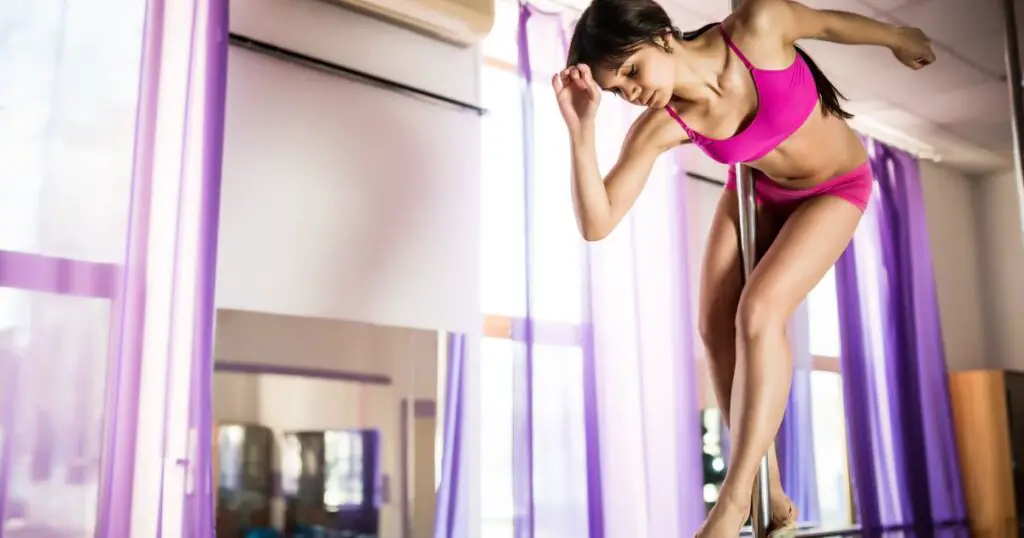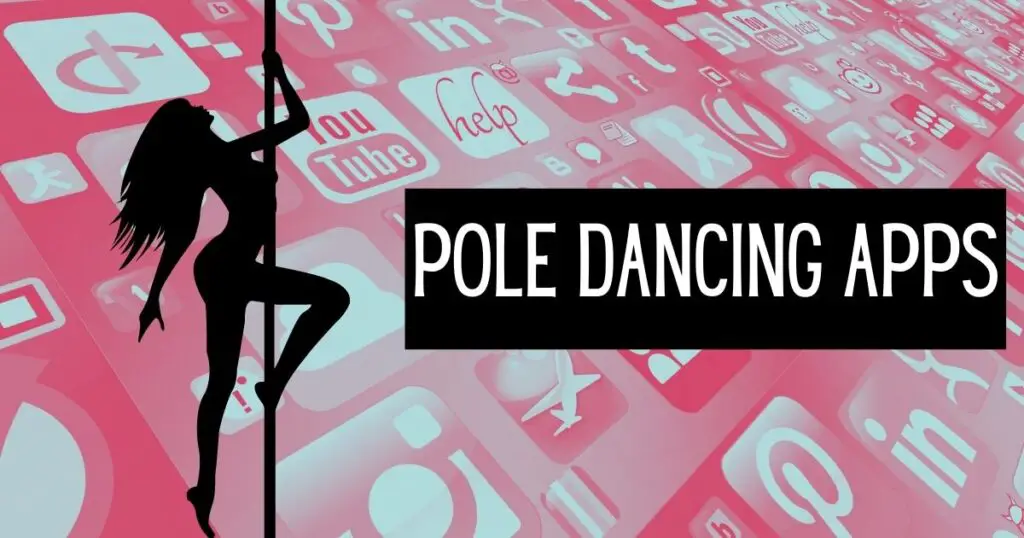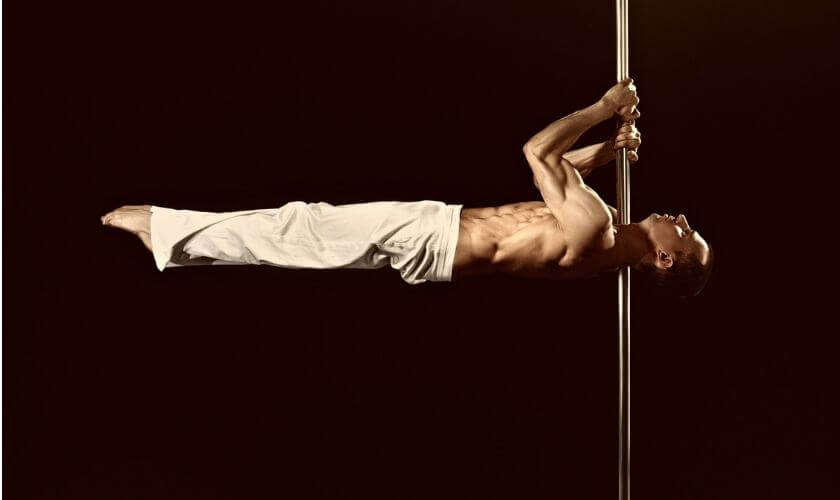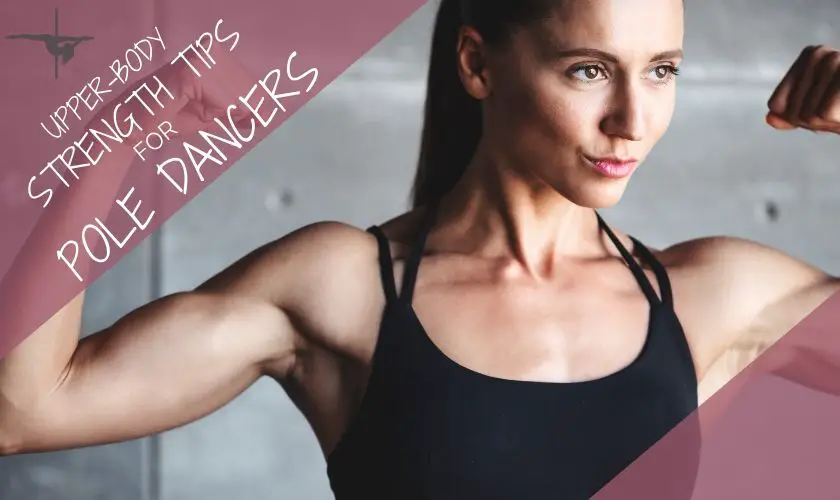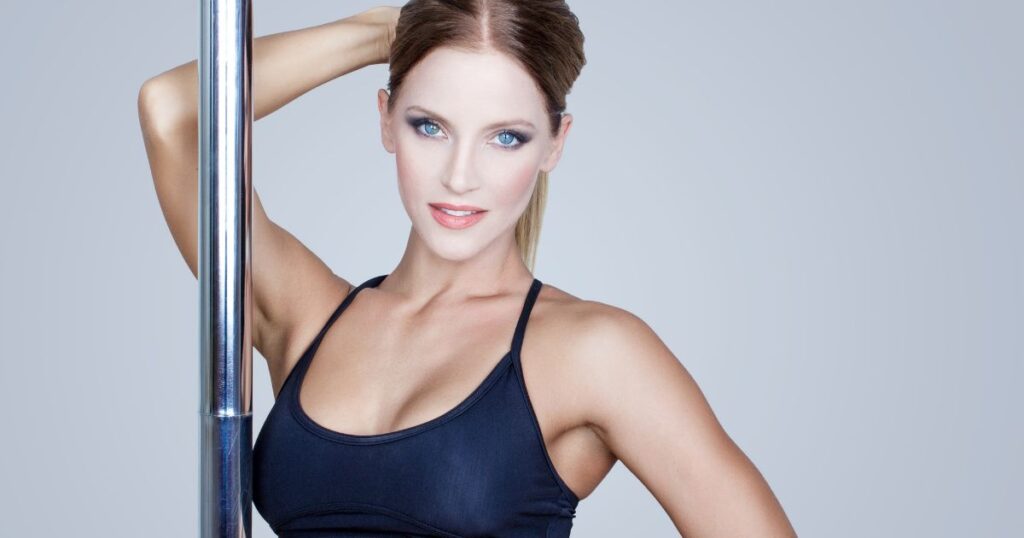Welcome to this brand new step-by-step guide on choreographing a pole dancing routine! Are you ready to take your pole skills to the next level and create a performance that showcases your unique style and talent?
In this article, we’ll be breaking down the process of choreographing a full pole dance routine from start-to-finish.
Pole dancing is a popular form of fitness and exercise, but it is also a creative outlet for expressive movement, dance and storytelling.
When multiple tricks and spins are combined together to create a full routine, complete with transitions in between each trick – this is referred to as pole flow.
Pole flow is a skill all of its own, which is why many studios and instructors offer dedicated pole flow workshops to include sensual and expressive movement.
In a typical pole fitness class, the focus tends to be on learning new tricks, building strength and increasing flexibility. But, in order to put all of this together into something polished, pole flow is actually an essential part of pole dancing.
So, let’s break down the process of choreographing a pole dancing routine, in full, from start-to-finish.
Step 1: What Is The Point Of Your Routine?
What are your trying to achieve by choreographing this routine? What is its purpose?
You need to define exactly what the point of your routine is so that you can choreograph something appropriate.
- Are you preparing for a pole dancing competition?
- Perhaps you’re trying to pass a pole dance grading session to move up to the next level?
- Are you recording a routine for TikTok or YouTube?
- Is there a live performance coming up that you’re preparing for?
- Or are you simply choreographing a routine to demonstrate the skills you’ve learned in pole dancing class?
Giving your choreography some purpose is important for you to set the standard. For example, a competition piece or grading session probably needs to include certain tricks and combos, but a creative live performance can go in any direction that you choose.
Step 2: Choose A Concept And/Or Theme
Do you want it to be a playful and fun performance, or a more serious and emotional piece? Your theme or concept for your routine will influence your choices for music, costumes, and moves.
Choosing your theme for your next pole dancing routine is more important than choosing a song!
Most people think it’s a good idea to start with a song, which is fine, but try to think more about the meaning of the song you’ve got in mind, or what the lyrics of that song are actually trying to convey so you can reflect this in your choreography.
There are quite a few different styles of dance/choreography you may choose to use:
- Dramatic and theatrical… telling a story with your routine (just like the performances you may see at Pole Theatre)
- Contemporary dance
- Classic dance / ballet
- Whimsical and mysterious
- In the style of a different era, e.g. 1920s, 1960s, 1980s, etc.
Step 3: Choose Your Music
NOW it’s time to choose your song, if you haven’t done so already!
Music is an essential element of any pole dancing routine. It sets the tone and pace of your performance, and can help you build a cohesive story.
Choose a song that means something to you and fits with the overall theme of your routine.
The length of your song is important as you’ll have to perform for its entirety! If your routine is for a competition, you may have a set time range to stay within which excludes very long or short songs.
Here’s a tip for all pole dancing song choices… don’t choose a song that’s too long! 3 minutes is the sweet spot!
Any longer than 3 minutes and you’ve giving yourself a harder job.
Once you’ve chosen your music, it’s time to break it down into different sections and consider how you’re going to structure each section of the song.
Listen to the song and pick out specific moments in the song (such as verses, choruses, and breaks), and think about how you can use them to structure your routine.
Step 4: Plan Your Moves
Now it’s time to start putting your routine together
Write down a short list of specific moves and techniques you want to include, and how they fit into the structure of the song.
To create a dynamic and varied routine, include a variety of different elements:
- Floorwork
- Walking around the pole
- Climbing
- Inverting
- Spinning
- Different types of grip (split grip, twisted grip, true grip, etc)
And also think about:
- How are you going to use the full height of the pole?
- Which combinations and link moves do you want to include in your choreography to make the routine flow?
- What other sensual and expressive movements will you use?
- Will your routine be performed on a static pole or a spinning pole?
- Your outfit and what you will wear
Step 5: Practice. Practice. Practice. Refine.
Once you have a general idea of your routine, it’s time to start practicing. As you practice, pay attention to the flow and transitions between your various moves, and make adjustments as needed.
Don’t be afraid to change something up if it’s not working in part of your routine – a big part of any choreography is adapting your ideas into something that works in practice.
It’s OK to experiment with new ideas mid-practice. Remember to add your own personality and flair to your routine!
Step 6: Seek Feedback
It’s also a good idea to ask for feedback from other experienced pole dancers or from your instructor to help you fine-tune your routine and make it absolutely perfect.
You can also use your phone to film yourself on the pole so you can watch it back to get the full perspective of how the routine looks from the outside (it can be difficult to fully visualize things when you’re hanging upside down!!)
Remember to record it from different angles to get a better visualization of how your final routine will look.
Step 7: Rehearse & Prepare
As your performance date approaches, make sure to give yourself plenty of time to rehearse and fine-tune your routine.
The more you rehearse, the more confident and polished your routine will be. Make sure to give yourself enough time to get comfortable with the various moves and transitions, and to work out any kinks.
Your full choreographed routine should be fully committed to your memory by this point!
Step 8: Slay!
You’ve got this – and now it’s time to slay.
See also: The Only Pole Dance Performance Tips You’ll Ever Need
Want to become an amazing pole dancer?
Open Dance Academy has over 450 online lessons, by some world famous pole dancing champions! Join now to get:
***GET 10% OFF OPEN DANCE ACADEMY***
Use the code polefitfreedom to get 10% off Pole Dancing Lessons with Open Dance Academy. This is an exclusive offer for readers of this blog!

